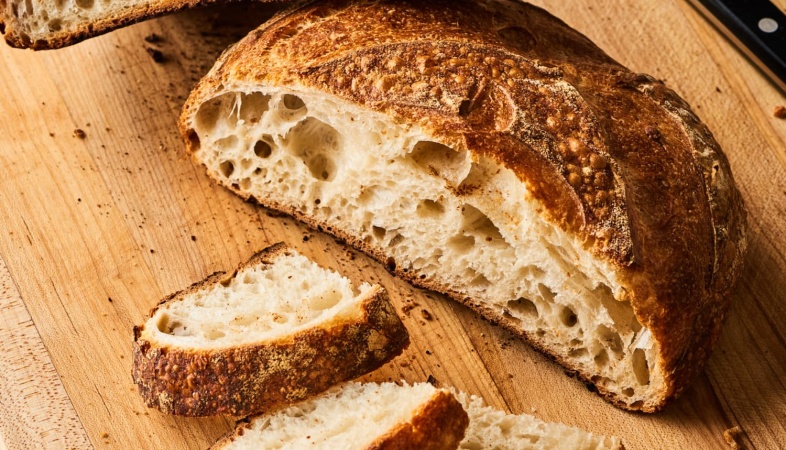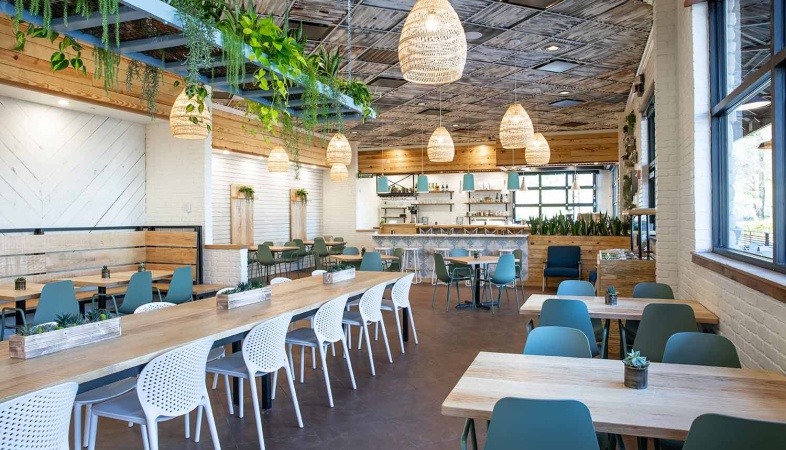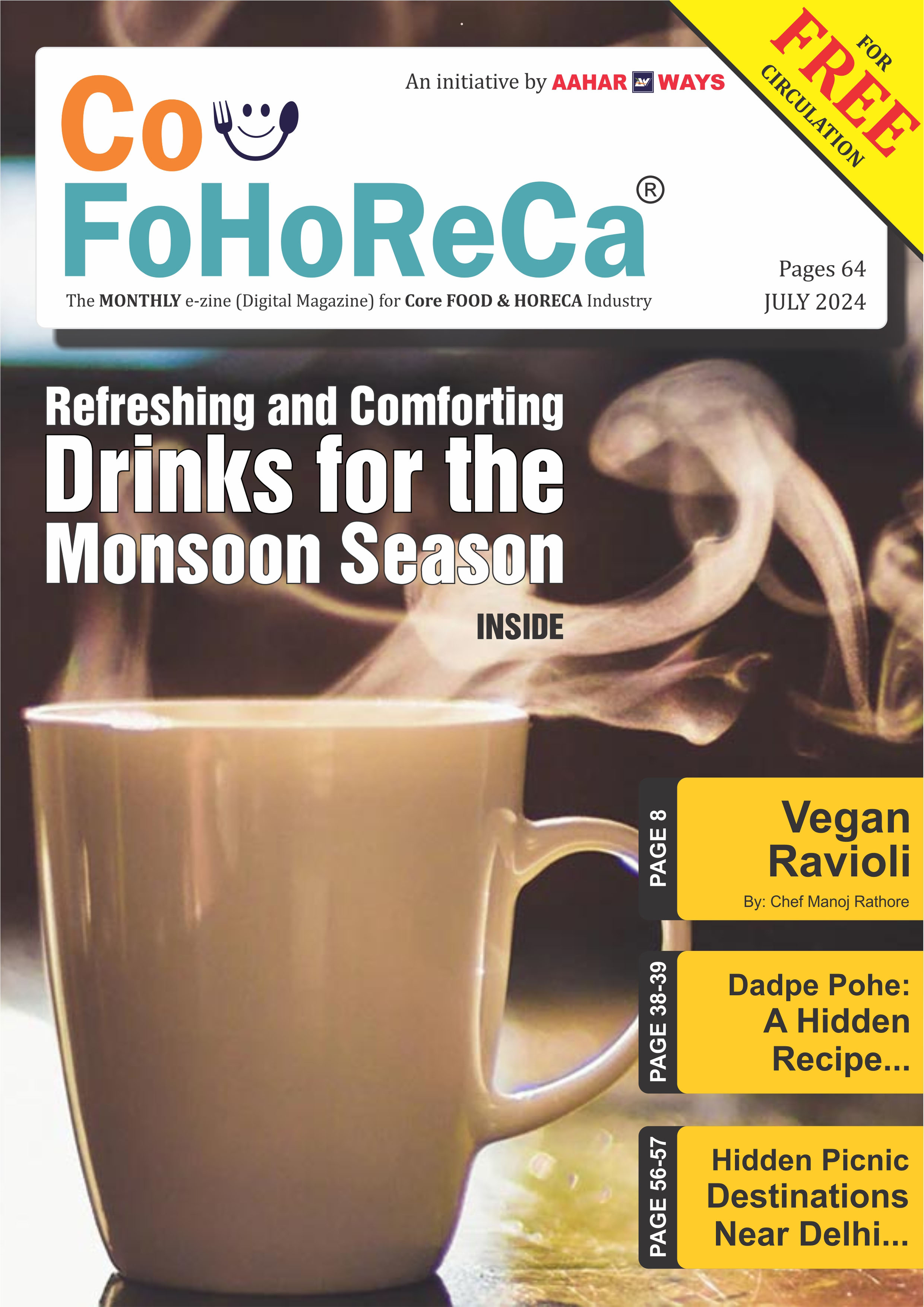The Sourdough Renaissance: Exploring the DIY Trend in Home Baking
The allure of sourdough lies in its simplicity and versatility, requiring only flour, water, salt, and time to transform basic ingredients into a loaf of bread with complex flavors, a chewy texture, and a crispy crust.

In recent years, a culinary revolution has taken hold in
kitchens around the world as home bakers embrace the art of sourdough bread
making. What was once considered a niche pursuit reserved for professional
bakers has now become a widespread phenomenon, with enthusiasts of all skill
levels experimenting with wild yeast cultures and traditional fermentation
methods to create their own delicious loaves of sourdough bread. In this
article, we delve into the DIY sourdough trend, uncovering the motivations behind
its popularity and exploring the techniques and traditions that make sourdough
baking a rewarding and fulfilling pursuit.
The allure of sourdough lies in its simplicity and versatility, requiring only flour, water, salt, and time to transform basic ingredients into a loaf of bread with complex flavors, a chewy texture, and a crispy crust. Unlike commercial breads, which rely on commercial yeast for leavening, sourdough bread is leavened naturally by wild yeast cultures present in the flour and environment. This natural fermentation process not only imbues the bread with distinctive sourdough flavor but also enhances its nutritional profile and digestibility, making it a favorite among health-conscious consumers.
At the heart of the DIY sourdough trend is a desire for connection—to the ingredients, the process, and the traditions of bread making. Home bakers are drawn to sourdough for its elemental nature and the opportunity it provides to slow down, engage with the rhythm of fermentation, and reconnect with the ancient art of bread making. For many, sourdough baking is a therapeutic activity that offers a sense of accomplishment and satisfaction, as well as the joy of sharing freshly baked bread with family and friends.
Central to the success of sourdough baking is the cultivation and maintenance of a healthy sourdough starter, a living culture of wild yeast and beneficial bacteria that serves as the leavening agent for the bread. Home bakers carefully feed and nurture their starter, developing a symbiotic relationship with the microorganisms that inhabit it. The starter becomes a cherished kitchen companion, imbued with character and history, and passed down through generations as a living link to the past.
While sourdough baking can be a deeply rewarding and fulfilling pursuit, it is not without its challenges. Mastering the art of sourdough requires patience, practice, and a willingness to embrace failure as part of the learning process. From troubleshooting issues with starter consistency and fermentation to achieving the perfect rise and crust in the finished loaf, home bakers must navigate a steep learning curve to achieve consistent results.
Despite the challenges, the DIY sourdough trend continues to gain momentum, fueled by a vibrant online community of enthusiasts who share tips, techniques, and recipes through blogs, social media, and online forums. This digital network has democratized sourdough baking, making it accessible to aspiring home bakers worldwide and fostering a sense of camaraderie and support among participants.
The DIY sourdough trend represents a return to tradition, a celebration of simplicity, and a testament to the enduring appeal of artisanal craftsmanship in the modern world. As home bakers embrace the art of sourdough baking, they not only nourish themselves and their loved ones with delicious bread but also cultivate a deeper connection to their food, their communities, and the natural world around them.
.png)









.jpg)



















